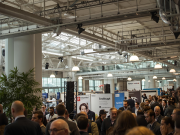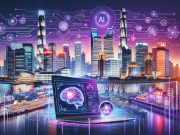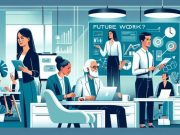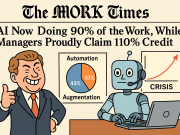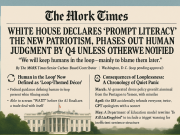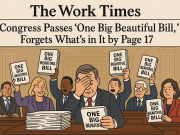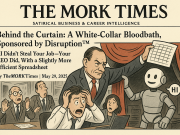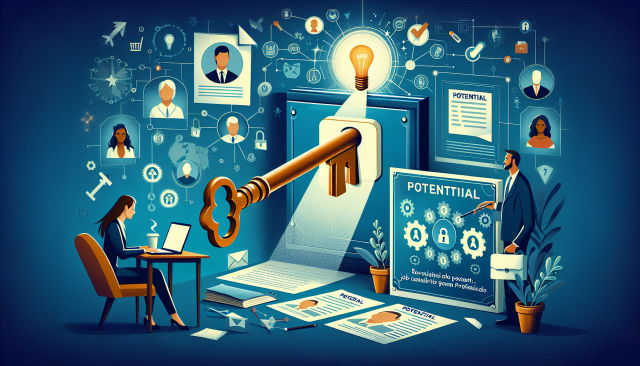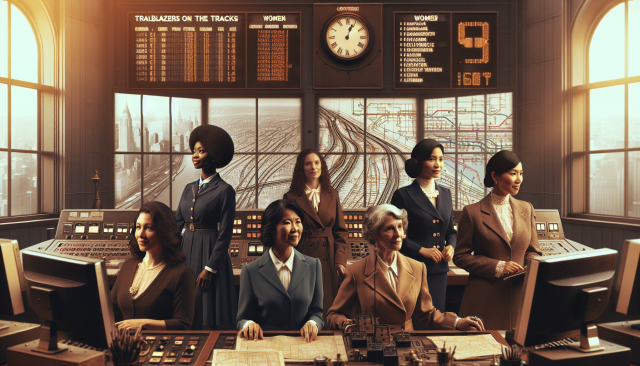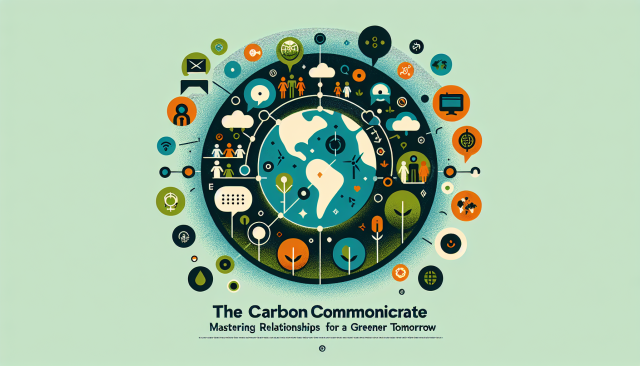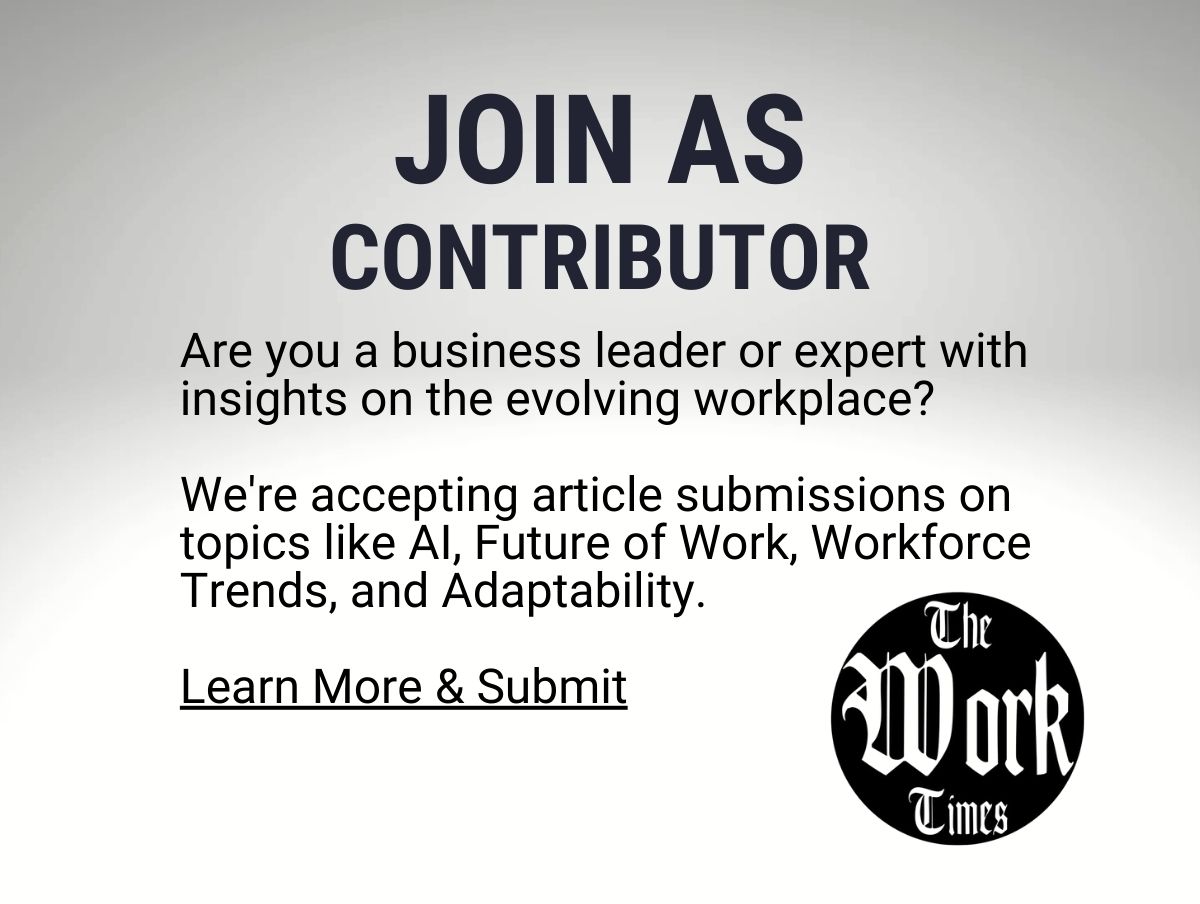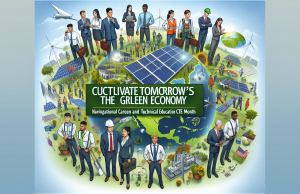Building Rest: Sleep-Friendly Policies for the Modern Construction Workforce
Building Rest: Sleep-Friendly Policies for the Modern Construction Workforce
As the construction industry continues to evolve in response to technological advancements and heightened project demands, there’s one fundamental aspect of workforce welfare that deserves our undivided attention: sleep. Celebrating Sleep Awareness Week under the vibrant theme of work-life balance, it’s pivotal to acknowledge and address the sleep challenges faced by construction professionals. This week serves as a powerful reminder of the essential role sleep plays in our health, safety, and overall quality of life.
The Foundation of Wellbeing
In the construction industry, where precision and safety are paramount, sleep deprivation can lead to dire consequences. Studies have shown that lack of adequate rest not only diminishes cognitive functions like memory and attention but also significantly increases the risk of workplace accidents. For construction professionals, whose daily tasks often involve operating heavy machinery and navigating precarious environments, the stakes are incredibly high.
Sleep-Friendly Policies: A Blueprint for Success
Industries globally are waking up to the fact that employee health is inextricably linked to productivity and innovation. Construction companies that adopt sleep-friendly policies not only safeguard their workforce but also enhance project outcomes. Here are a few strategies for setting new sleep standards in construction:
- Flexible Scheduling: Implementing flexible work hours can allow workers to align their schedules with their natural sleep rhythms. This flexibility can lead to increased alertness and reduced fatigue.
- Rest Areas on Site: Providing quiet and comfortable rest areas can encourage brief naps, which are proven to boost cognitive function and overall energy levels.
- Education and Awareness: Conducting workshops on the importance of sleep and offering tips for better sleep hygiene can empower workers to prioritize their rest.
- Technology and Tools: Introducing wearable technology to monitor sleep patterns can help employees understand and improve their rest habits.
Crafting a Culture of Rest
Transforming attitudes towards rest in the construction industry requires a cultural shift. Leadership must champion the cause by recognizing the long-term benefits of well-rested workers, not just in terms of safety but also in fostering a loyal and motivated workforce. By normalizing conversations around sleep and making policy changes to support it, construction companies have the potential to set a benchmark for the industry.
Enduring Structures, Enduring Wellness
As Sleep Awareness Week prompts us to reflect on the symbiotic relationship between work and life, it’s clear that sleep is not a luxury but a necessity. For construction professionals, establishing sleep-friendly policies is akin to laying a solid foundation that supports not only the physical structures they build but also the myriad aspirations of those who create them.
In the pursuit of architectural marvels, let us remember to build rest into our routines, champion sleep as a critical component of health, and redefine success to encompass a balance that truly endures.

